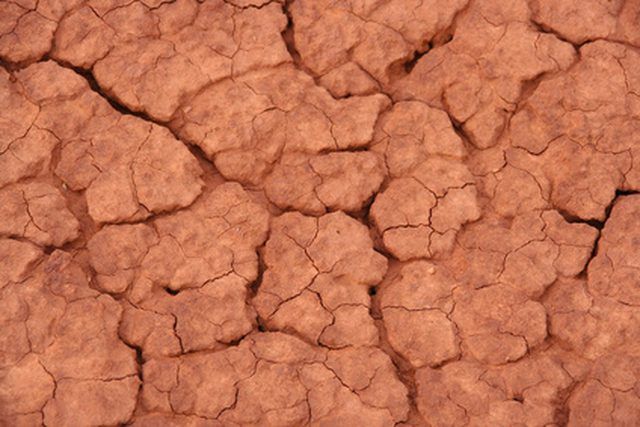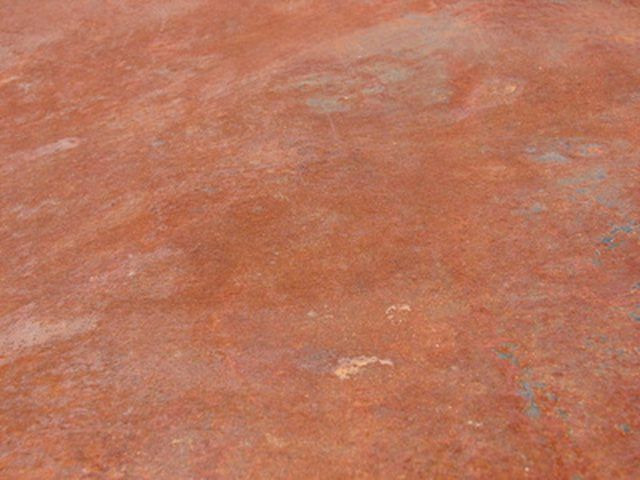Bulbs
Flower Basics
Flower Beds & Specialty Gardens
Flower Garden
Garden Furniture
Garden Gnomes
Garden Seeds
Garden Sheds
Garden Statues
Garden Tools & Supplies
Gardening Basics
Green & Organic
Groundcovers & Vines
Growing Annuals
Growing Basil
Growing Beans
Growing Berries
Growing Blueberries
Growing Cactus
Growing Corn
Growing Cotton
Growing Edibles
Growing Flowers
Growing Garlic
Growing Grapes
Growing Grass
Growing Herbs
Growing Jasmine
Growing Mint
Growing Mushrooms
Orchids
Growing Peanuts
Growing Perennials
Growing Plants
Growing Rosemary
Growing Roses
Growing Strawberries
Growing Sunflowers
Growing Thyme
Growing Tomatoes
Growing Tulips
Growing Vegetables
Herb Basics
Herb Garden
Indoor Growing
Landscaping Basics
Landscaping Patios
Landscaping Plants
Landscaping Shrubs
Landscaping Trees
Landscaping Walks & Pathways
Lawn Basics
Lawn Maintenance
Lawn Mowers
Lawn Ornaments
Lawn Planting
Lawn Tools
Outdoor Growing
Overall Landscape Planning
Pests, Weeds & Problems
Plant Basics
Rock Garden
Rose Garden
Shrubs
Soil
Specialty Gardens
Trees
Vegetable Garden
Yard Maintenance
Why Is Some Dirt Red in Color?
Why Is Some Dirt Red in Color?. Some dirt is reddish in color. This is due to the presence of certain materials in the soil. Red soils are often forested but can be unproductive; they need careful management if used for agriculture. However, some red soils offer superior growing conditions for certain crops. (See References 1, 2, 3 & 4.)

Some dirt is reddish in color. This is due to the presence of certain materials in the soil. Red soils are often forested but can be unproductive; they need careful management if used for agriculture. However, some red soils offer superior growing conditions for certain crops. (See References 1, 2, 3 & 4.)
Iron Oxide
The different colors seen in soils are produced in them by the materials they contain. In red soils, the color is often due to a compound that is made when iron and oxygen react together, such as when metal is exposed to air and rusts. Tiny flecks of this compound, known as iron oxide, coat the particles of dirt so that the soil becomes red in color. (See References 1 & 2)

Ultisoils
Although you can find red dirt in places where metal has been left to rust, red soils often occur naturally in the form of ultisoils. These are very old soils, held by experts to be the final product of weathering in certain climates where there is no new soil formation. (See References 2)
Examples
Examples of red soil can be found in Georgia red clay and the Terra Rossa soil that is found in various Mediterranean climates. In China's Dongchuan province, weathering has created a striking landscape but poor agricultural soil due to the lack of other minerals. Terra Rossa, on the other hand, is noted for both its red coloration and for producing fine grapes. (See References 1, 3, & 4)